This is part 14 in a series of posts on a prototype of the Kolari Vision thin-stack sensor modification for the Sony a7II. The series starts here.
The Leica 24mm f/3.8 Elmar-M ASPH, performs well on the a7II, and better with the Kolari stack. How does the Kolari thin stack on the a7II compare with the Leica M240 with that lens attached to each? Both cameras have 24 MP. Neither camera has an AA filter. The Leica has special angled micro lenses, and camera firmware that reads a 6 bit code off the lens and performs optimization based on the lens model number.
The scene at f/8 with both cameras. I focused on the center with live view with both cameras. With the Leica M240, that’s the only option. Maybe I’m stacking the deck against the a7II, but I figured it would be cheating to use the put-the-focus-point-anywhere feature of the Sony to focus in the corner.

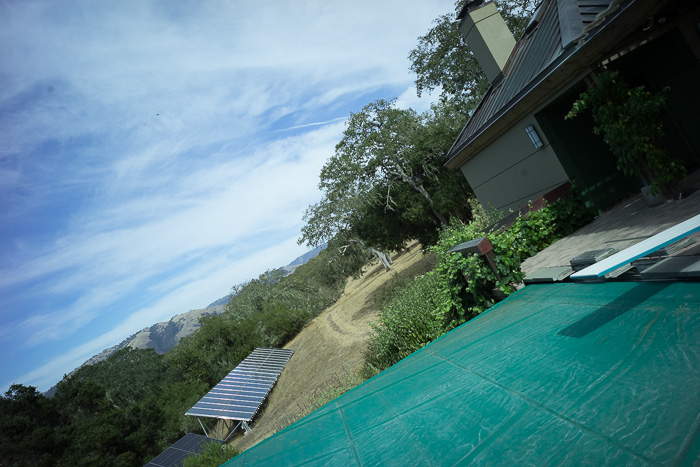
Both images were developed in Lightroom with the default settings, except that the white balance was set to daylight. Lens profiles were turned off. Lightroom does some lens-dependent sharpening that is not defeatable, however. Lr knows what lens it thinks is on the Leica, and it has no idea what lens is on the a7II because the adapter doesn’t provide it with that information. Let’s look at the center at 3:1 enlargement to make sure that Lr is not stacking the deck in favor of one of the cameras.
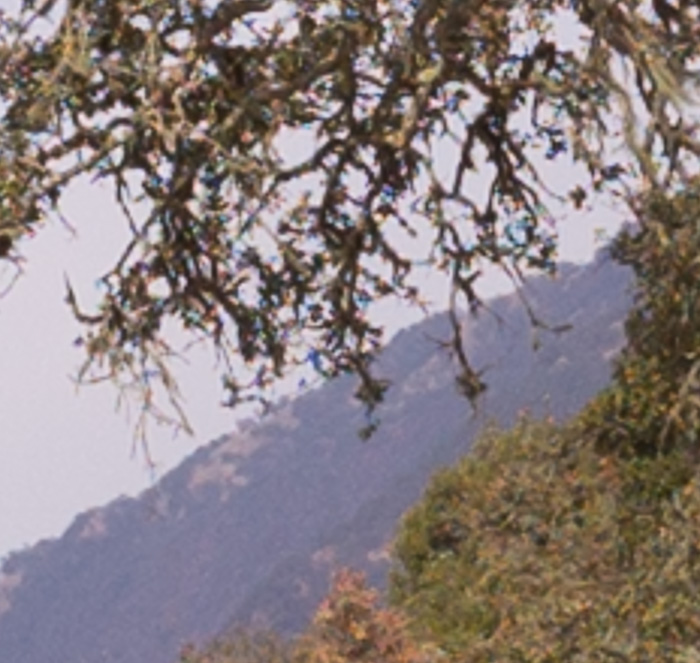
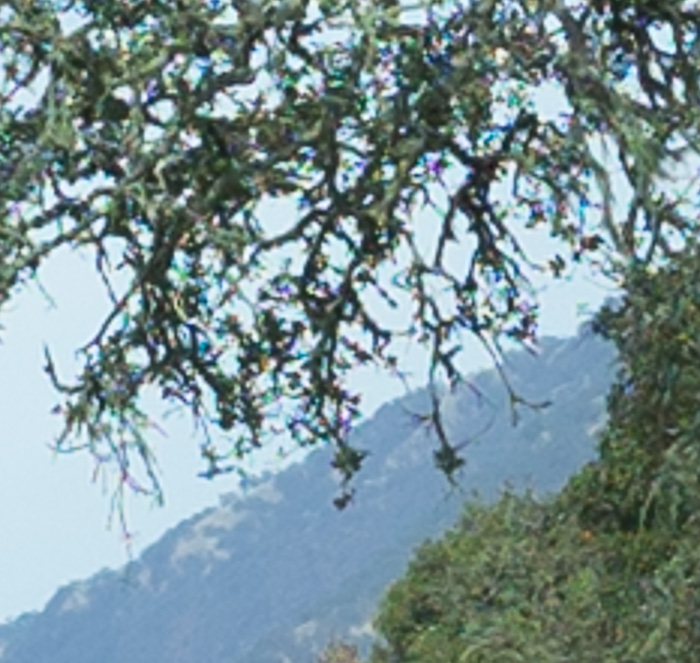
Except for the white balance difference and a tad more contrast in the Kolari image, they look the same to me.
Now let’s look at the lower left corner at all the whole apertures that the lens can use. I brightened the corners to compensate for lens falloff.
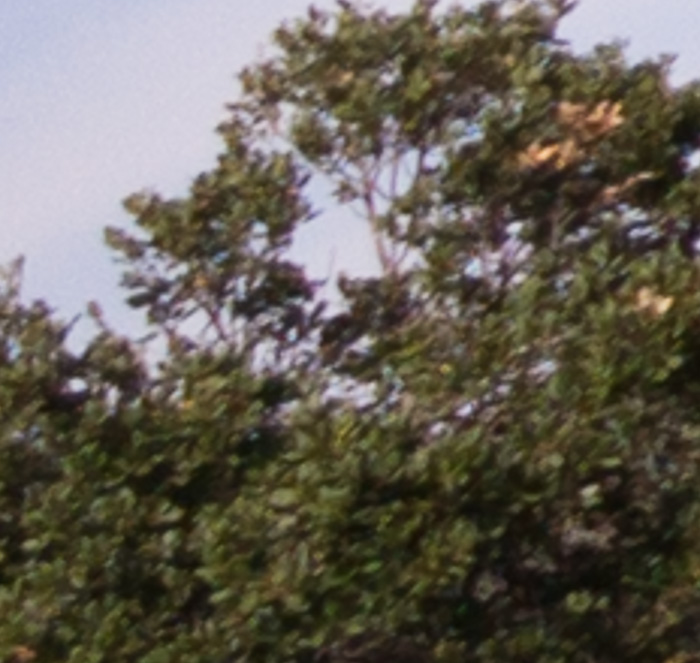
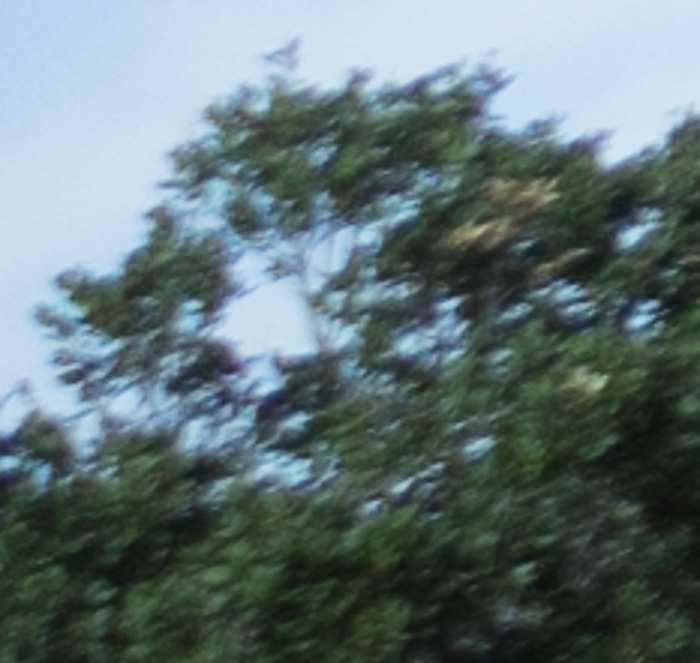
The Kolari image is significantly more smeared.

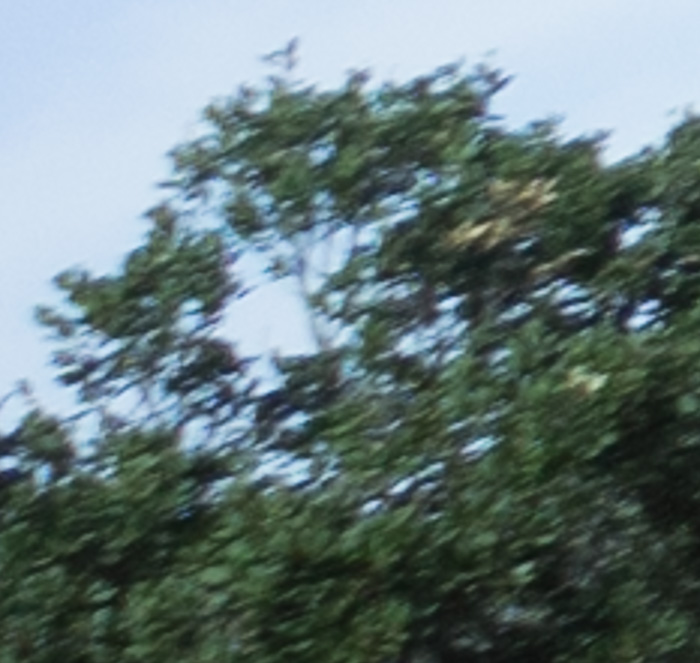
The Kolari image is coming along nicely, but it’s not there yet. It would probably be good enough for most purposes, however.
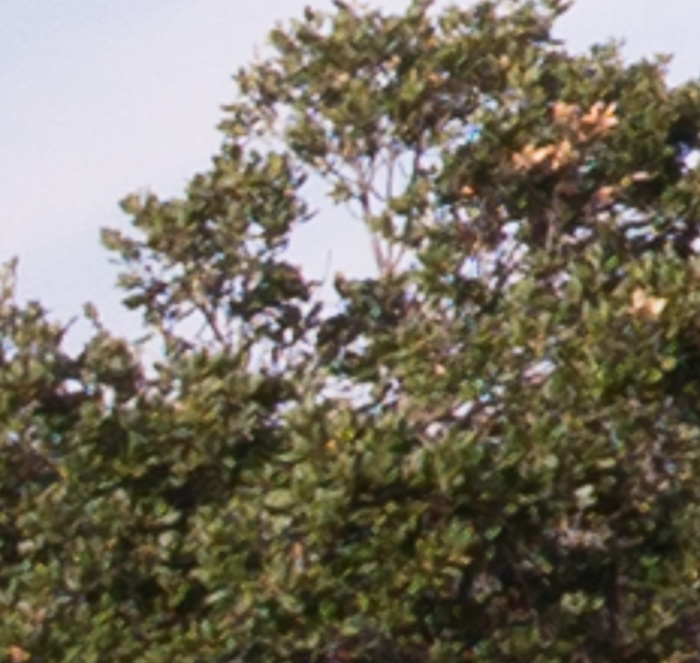

Now the two are very close.
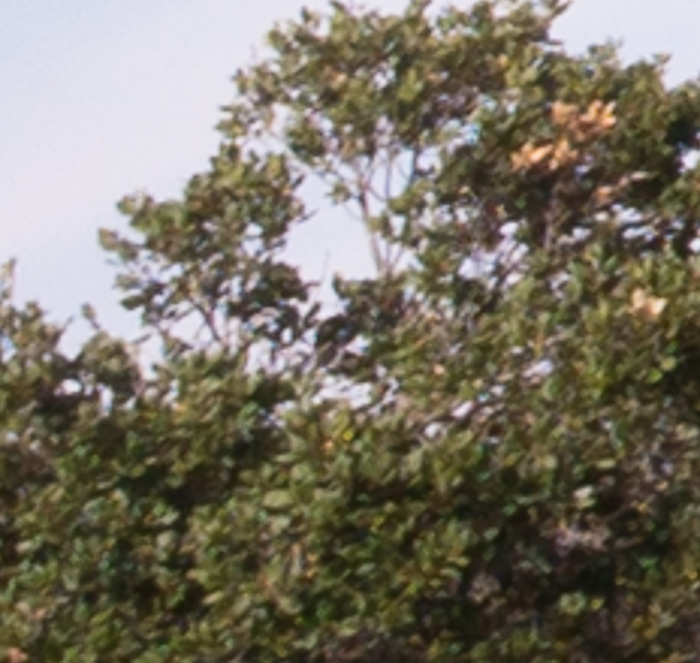
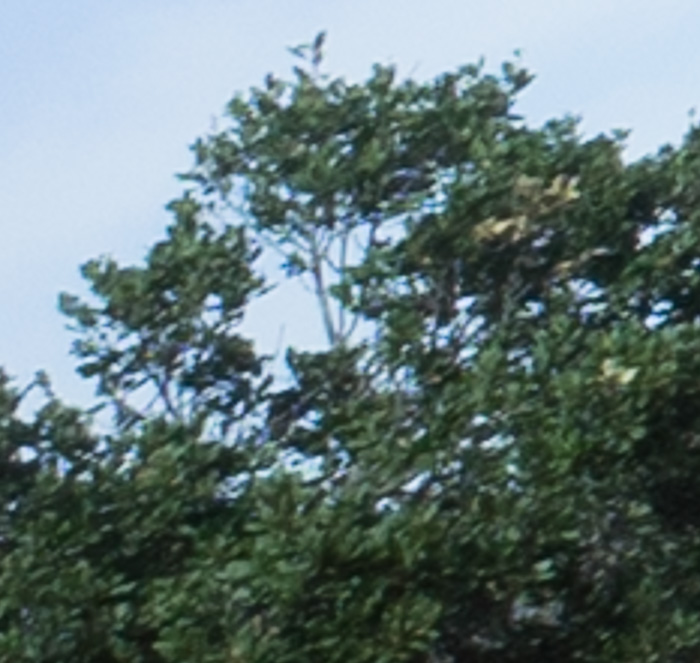
Same.
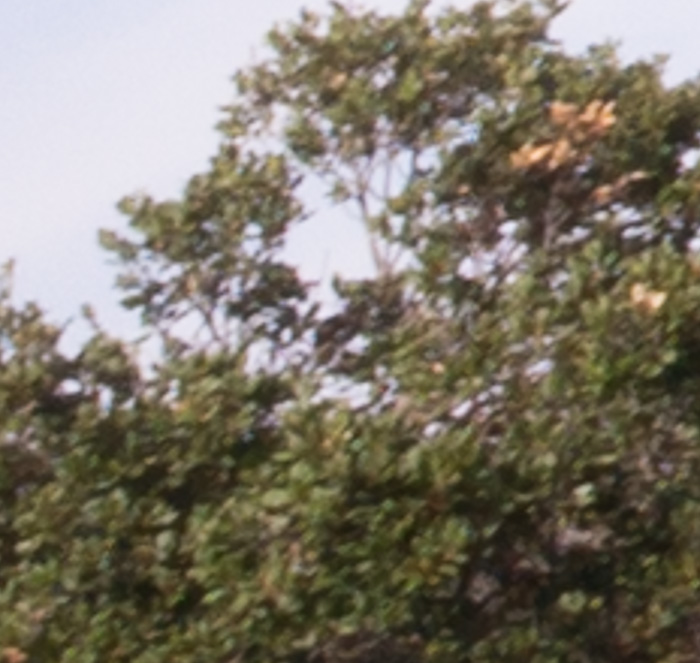
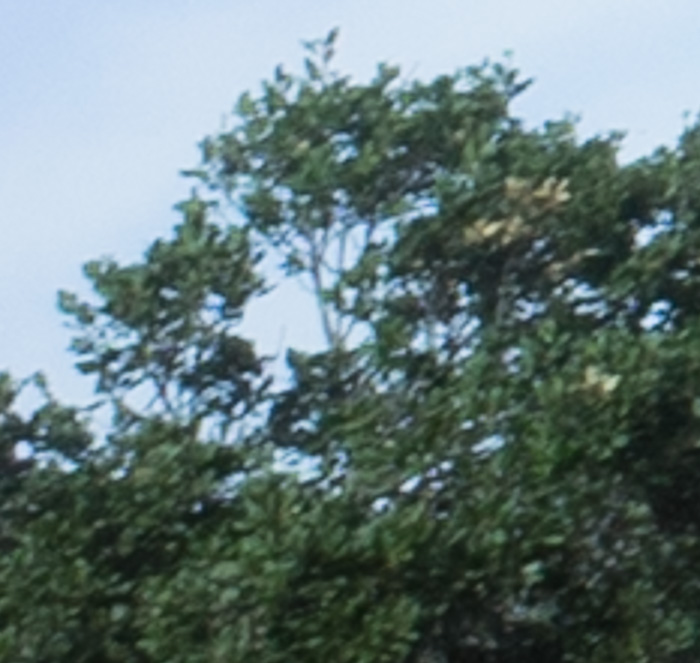
Same. Both heavily impacted by diffraction.
Leave a Reply